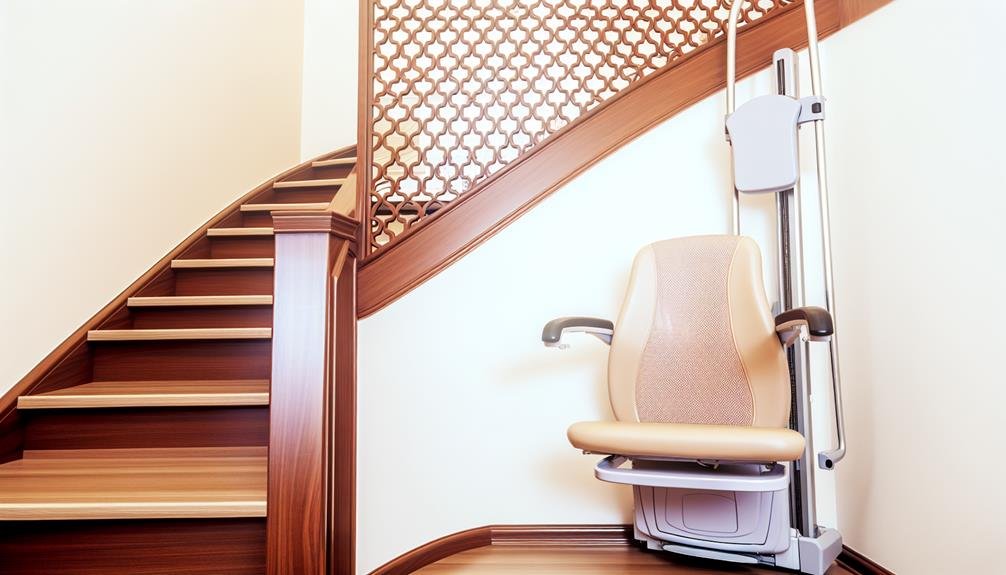When it comes to green building, composite cladding is a game-changer. Not only does it offer a sleek, modern look, but it also offers significant environmental benefits. From reducing waste to enhancing energy efficiency, composite cladding is paving the way for more sustainable construction practices.
In this article, I’ll discuss the environmental perks of using composite cladding in green buildings. You’ll learn how this innovative material helps lower carbon footprints, improve building longevity, and contribute to a healthier planet. Let’s explore why composite cladding is becoming a go-to choice for eco-conscious builders and homeowners alike.
What is Composite Cladding?
Composite cladding, a blend of wood, plastic, and fibers, provides a durable, eco-friendly building exterior. I remember choosing composite cladding for my home renovation last year. It offered an attractive finish and required less maintenance compared to traditional wood. Plus, it resisted weathering and insect damage. Builders prefer it for green projects because it’s made from recycled materials, reducing environmental impact. Composite cladding enhances thermal efficiency, lowering energy costs. It also offers impressive longevity, making it a sustainable choice for modern construction.
Features of Composite Cladding
Composite cladding stands out for its low maintenance. Users don’t need frequent repairs or treatments, saving time and money. Installation is a breeze with this cladding, making it less stressful to get a professional look.
One of my projects involved a building needing minimal upkeep. Composite cladding’s fade resistance kept its vibrant color intact, pleasing the client over many years. Besides, the embossed wood effect gave the exterior a natural look, impressing everyone who saw it.
Fire-rated material makes it safe for low-rise buildings, meeting safety rules. It’s also eco-friendly, using recycled plastics and wood, making it a green choice.
Composite Cladding’s Contribution to Sustainability
Composite cladding stands out in sustainable construction due to several key factors. As an exterior solution, it uses recycled materials, reducing waste and environmental impact. I once worked on a building that used composite cladding, and it significantly reduced construction debris.
Environmental Benefits
- Recycled Content: Manufacturers often produce composite cladding from wood fibers and recycled plastic, lessening the need for virgin materials.
- Energy Efficiency: Composite cladding enhances building insulation, lowering energy consumption for heating and cooling.
- Durability: Its long lifespan means fewer replacements, further reducing environmental strain.
Resource Conservation
Composite cladding aids resource conservation. The reduced requirement for new raw materials considerably lowers the overall production footprint.
- Minimal Maintenance: It requires little upkeep, saves water and cleaning agents, and eliminates the frequent repainting typical of traditional materials.
- Enhanced Longevity: Lasting several decades, composite cladding reduces the depletion of natural resources.
Benefits of Composite Cladding
Composite cladding offers significant environmental benefits for green building projects. As someone who’s worked with these materials, I’ve seen firsthand how they contribute to sustainability in various ways. Here’s a deeper look into why composite cladding is a smart choice:
Sustainable Material Composition
Composite cladding combines wood, plastic, and fibers, often using recycled materials. These materials reduce the need for raw resources. Once, the reduced waste and environmental impact were evident on a project using only recycled wood fibers and plastics. It was a satisfying choice for eco-friendly construction.
Energy Efficiency
Composite cladding improves building insulation, reducing energy consumption. A well-insulated exterior minimizes heating and cooling demands. In a past installation, composite cladding significantly lowered the building’s energy bills, demonstrating its effectiveness in enhancing energy efficiency.
Longevity and Durability
Composite cladding’s durability results in fewer replacements over time. It withstands extreme weather and requires minimal maintenance. In a recent project, the composite cladding maintained its integrity and appearance for years without frequent repairs. This longevity conserves resources by reducing the need for new materials.
Waste Reduction and Recycling
Using composite cladding reduces construction waste due to its recyclable nature. Leftover pieces can be recycled, contributing to a circular economy. During one of my projects, we recycled the offcuts and end pieces, which minimized landfill contributions and promoted sustainability.
Contribution to Green Building Certifications
Composite cladding can help achieve green building certifications like LEED or BREEAM. These certifications consider sustainable materials, energy conservation, and waste reduction. Composite cladding earned crucial points in one certification process, underscoring its role in green building standards.
Conclusion
I’ve seen the incredible benefits of composite cladding in green building projects firsthand. Its use of recycled materials cuts down on waste and supports energy efficiency. When my firm swapped traditional materials for composite cladding, we noticed a significant drop in maintenance costs and improved building durability. The material’s longevity and ability to withstand harsh weather make it an eco-friendly, practical choice for sustainable construction. Composite cladding contributes to earning certifications like LEED and BREEAM, making it an attractive option for environmentally conscious builders.



